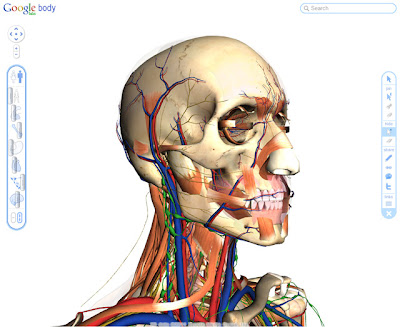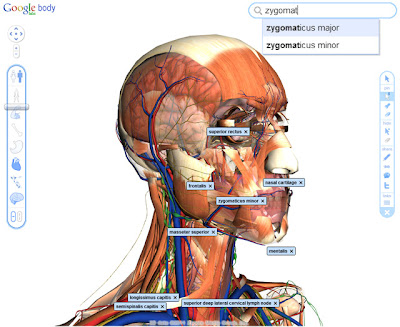As with most people, I’m often asked why I do the work that I do. Or how I first became interested in this stuff, and today I got a great reminder. Both of how I first got interested in this type of work, and also how far the industry has come. When I was a kid back in the 1970’s, an Encyclopedia Britannica was pretty much all we had when it came to learning material. We probably didn’t yet have a color TV yet, and certainly no VCR, computer, Internet, or cell phone. The Encyclopedia Britannica was the only thing, other than my dad, that I could turn to for information.
Of course the best part of the book was the transparent and semi-transparent pages that depicted the human body. One of the earliest forms of interactive media, the book let you could decide which layers you wanted to see by which pages you viewed, perhaps deciding to show only the skeletal and muscular systems, while hiding others. The first page contained all the part name labels, so you could quickly flip that page over and get the name of any part of the human body.
Well I’ve got to say that Google Body beats Encyclopedia Britannica. Google Body is a free, WebGL supported browser-based (like Chrome), interactive 3D “Body Browser” that allows you to explore the human body in real-time 3D. Users can choose between a male or female body to examine by panning the model up/down and left/right, zooming in/out, and rotating the model around the Y axis. The controls include sliders that allow you to change the opacity of the multiple layers, showing and hiding different body systems easily. Users can click on any body part to see a label showing the part’s name, and the option to push-pin it, to keep the label visible while you explore the rest of the body.
http://bodybrowser.googlelabs.com/

Google’s 3D Body Browser
Perhaps one of my favorite features is the text search, giving users the ability to quickly type in the name of a body part and instantly see that part and where it resides in the body. Search suggestions are also given, in case you can’t remember how to spell zygomaticus minor and major.

Interactive 3D Human Anatomy Browser
I remember that I couldn’t understand why the rest of the book wasn’t like the body pages. Why wasn’t there something similar for trees, cars, and fish? It didn’t make any sense to me, if they had the technology to make these semi-transparent overlay pages why wasn’t the entire book made out of them? Well I never got the answer to that question, but I did get the inspiration to pursue projects that require complex systems to be represented visually and interactively, thanks to Encyclopedia Britannica I guess.
Google Body Demonstration Video
The Beta version of Google Body is great, and I’m looking forward to the enhancements that Google will make to it over time. It’s a great application for kids, and with access to material like this, I look forward to seeing the applications of tomorrow that they will be building. Putting this type of interactive 3D application in the hands of the public is great because it clearly demonstrates how this type of solution for visualizing and understanding a complex system is useful. If you have a complex system that requires users to understand every component of that system, and how they work together, an interactive 3D application is a great tool to use to achieve your goals.
